[Subscription] AirFanta 3Pro Replacement Filters (3 Sets)
S$239.40
NOTE: This is the subscription service (3 sets per delivery) for AirFanta 3Pro Replacement Filters. The minimum number of deliveries (before free cancellation) for this product is 3.
Official replacement filters for the AirFanta 3Pro come in High Efficiency and High Efficiency + Activated Carbon options.
One set contains four replacement filters. Replace all four filters of your air purifier at the same time.
The High Efficiency filters capture pollutants such as viruses, dust, mold, allergens, haze, pollen, and pet dander.
The High Efficiency + Activated Carbon filters remove chemical and gaseous pollutants such as formaldehyde, VOCs, smells, odors, and pollutants that the High Efficiency filter captures.
- Filtration Efficiency at 0.3 microns (single pass): 95%+
- Weight: 2.6 kg
- Dimensions (per filter): 29 x 29 x 2.5 cm
- High Efficiency filters x4 (for High Efficiency option) or High Efficiency + Activated Carbon filters x4 (for High Efficiency + Activated Carbon option) per set
- Recommended High Efficiency Filter Replacement Frequency: Every 6 to 12 months
- Recommended High Efficiency + Activated Carbon Filter Replacement Frequency: Every 4 to 8 months
- Subscribe or purchase filter replacements here

![[Subscription] AirFanta 3Pro Replacement Filters (3 Sets)](https://dokuki.com/wp-content/uploads/2025/03/AirFanta-3Pro-Subscription-3Sets-ReplacementFilter-HighEfficiency-ProductImage-1.jpg)
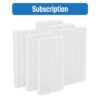
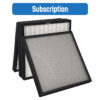
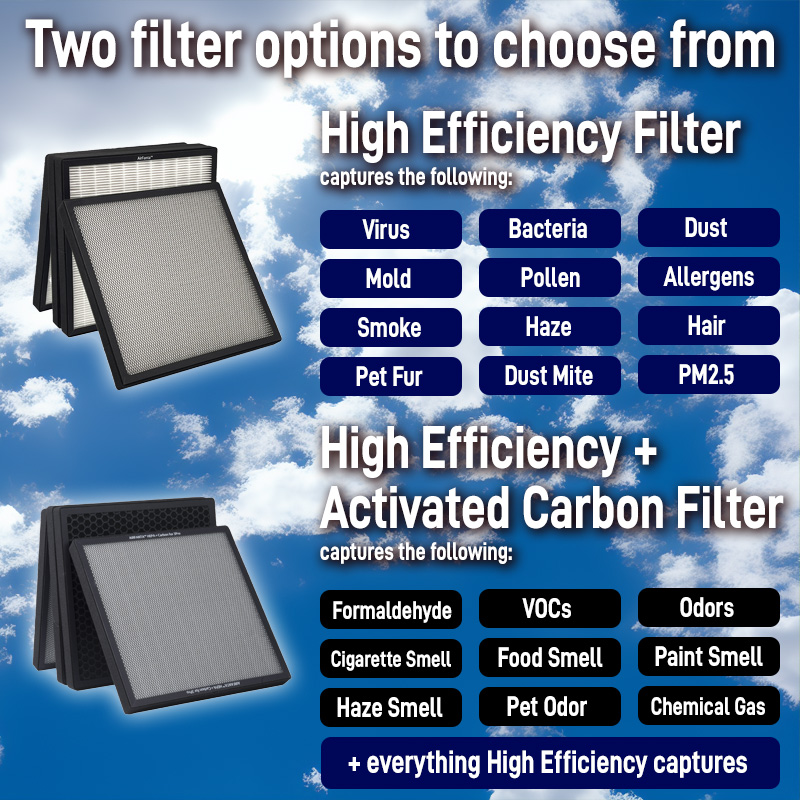
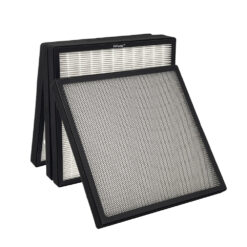
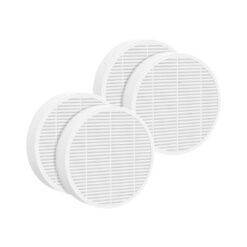
![[Subscription] AirFanta Wear/mini Replacement Filters (Set of 4)](https://dokuki.com/wp-content/uploads/2025/03/AirFanta-mini-Subscription-ReplacementFilter-4Pack-ProductImage-1-247x247.jpg)
![[Subscription] AirFanta 4Lite Replacement Filters (Set of 6)](https://dokuki.com/wp-content/uploads/2025/03/AirFanta-4Lite-Subscription-ReplacementFilter-ProductImage-1-247x247.jpg)
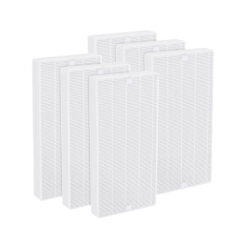
![[Subscription] AirFanta 3Pro Replacement Filters (1 Set)](https://dokuki.com/wp-content/uploads/2025/03/AirFanta-3Pro-Subscription-ReplacementFilter-HighEfficiency-ProductImage-1-247x247.jpg)
![[Subscription] AirFanta 3Pro Replacement Filters (3 Sets)](https://dokuki.com/wp-content/uploads/2025/03/AirFanta-3Pro-Subscription-3Sets-ReplacementFilter-HighEfficiency-ProductImage-1-100x100.jpg)
Reviews
There are no reviews yet.